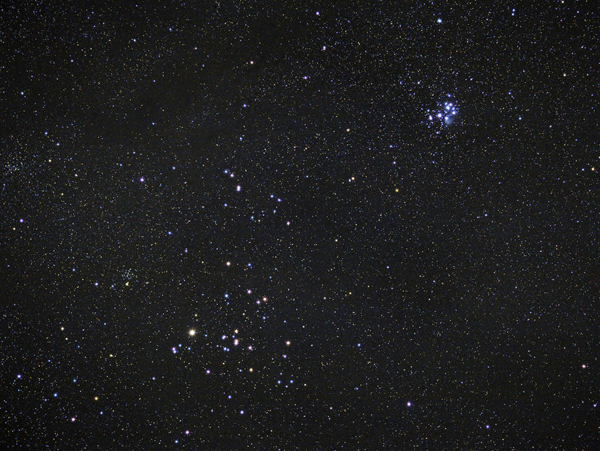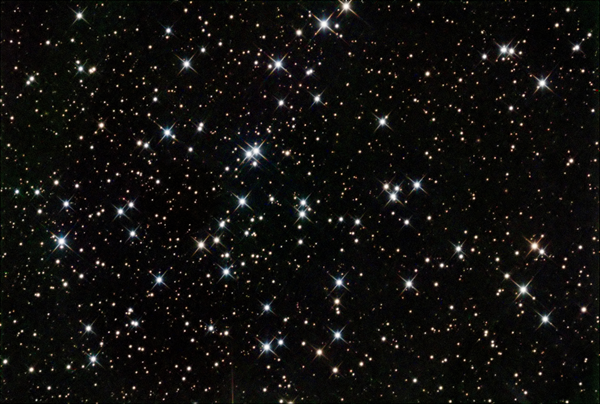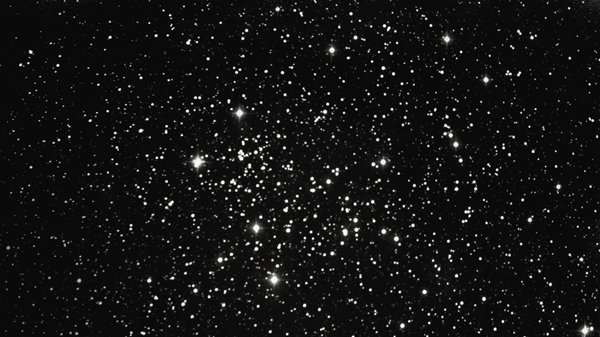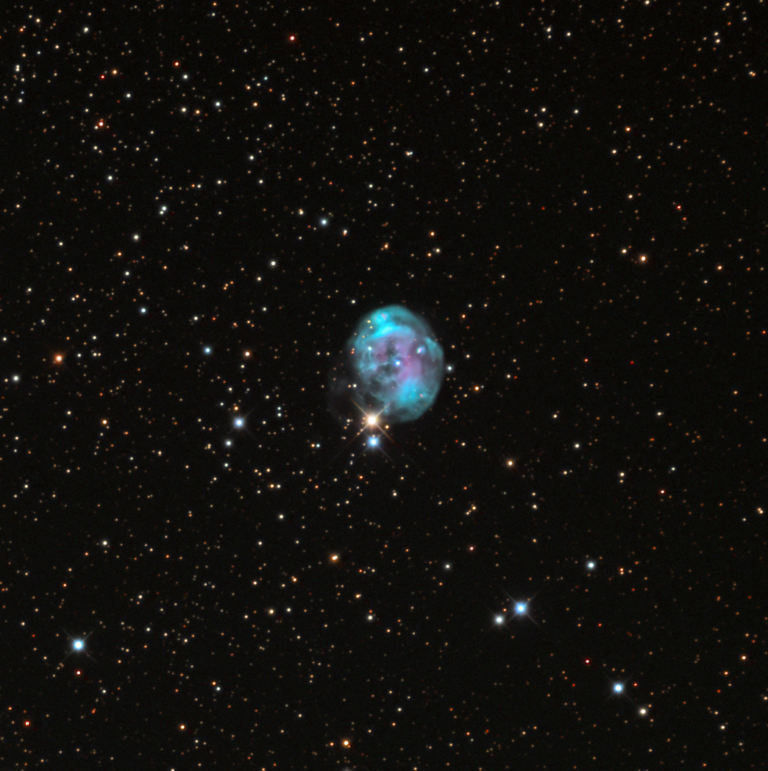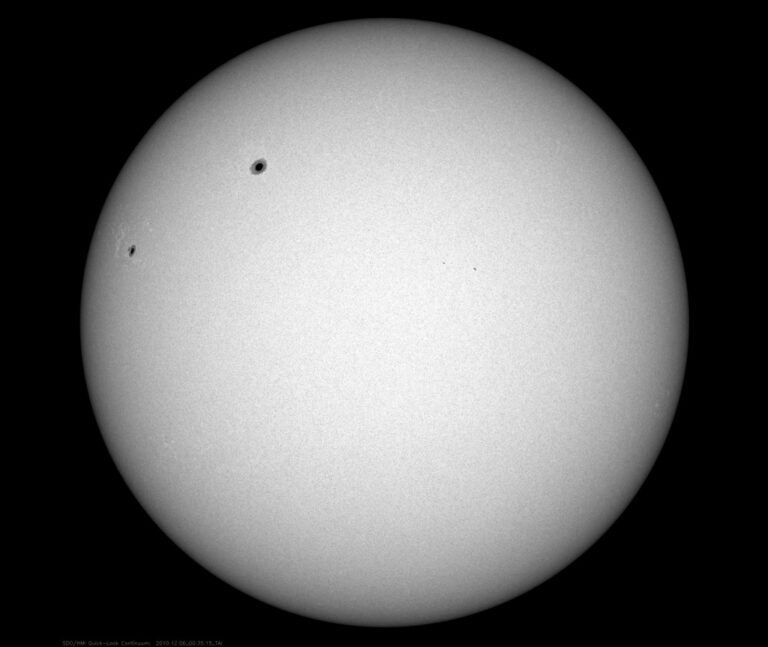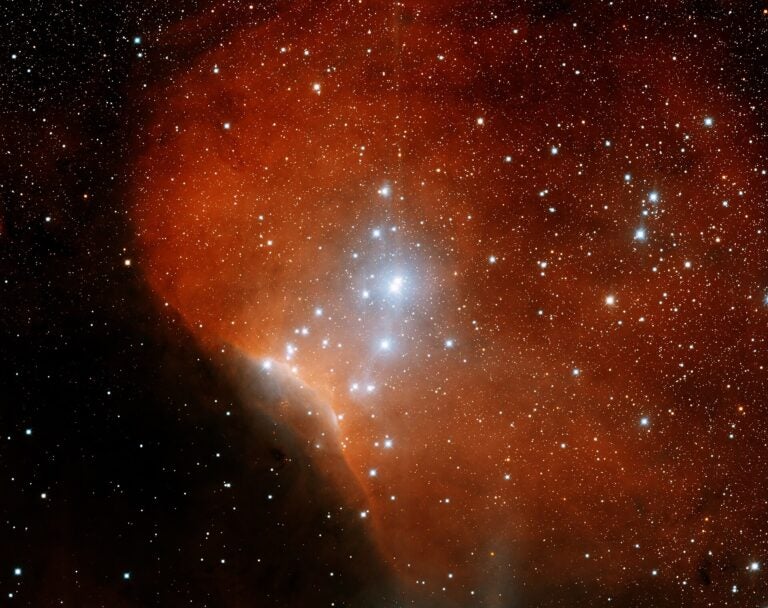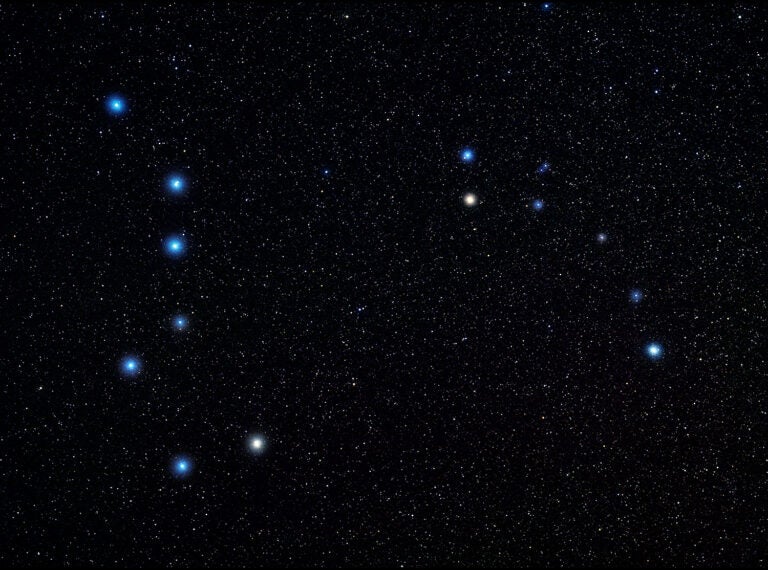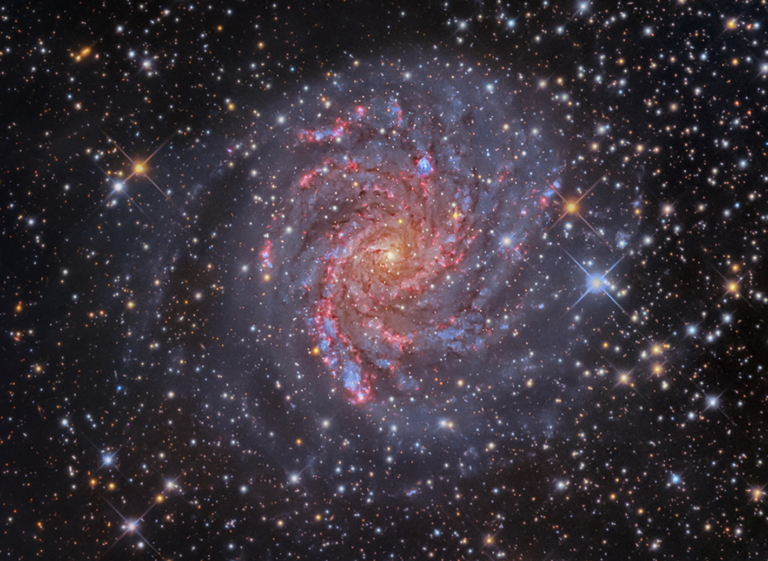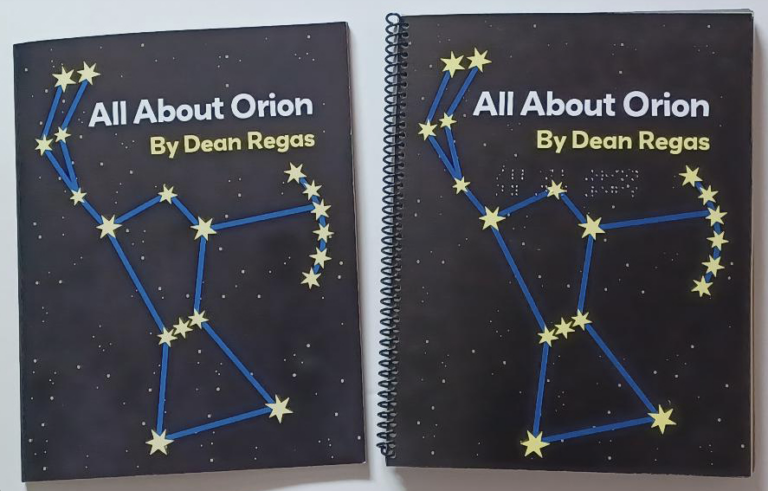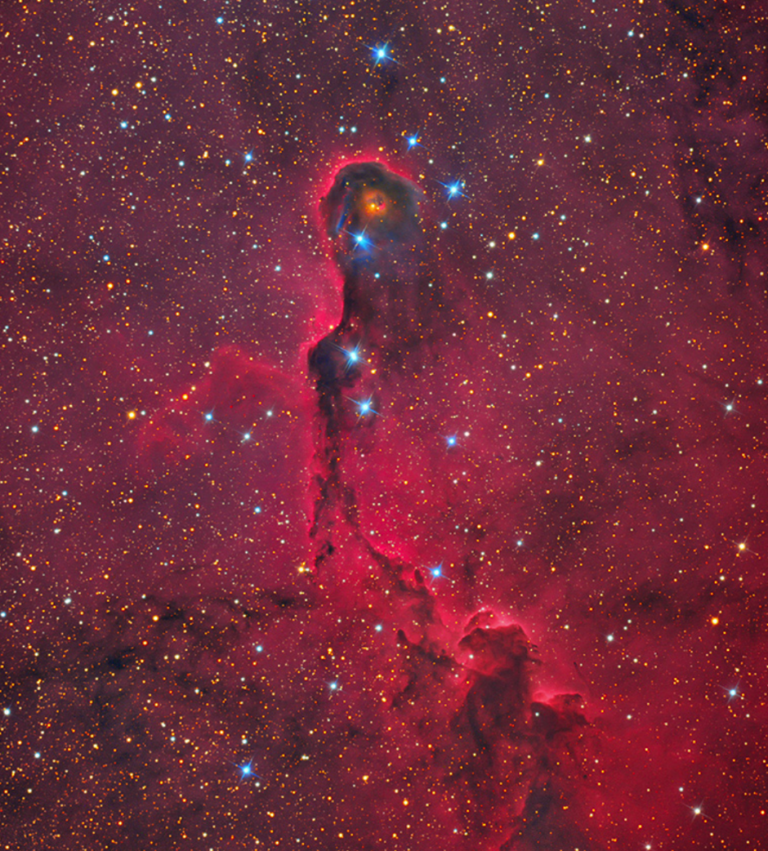In his 1888 book Astronomy with an Opera-Glass, Garrett Serviss wrote, “I have never beheld the first indications of the [winter stars] without a peculiar feeling of awakened expectation, like that of one who sees the curtain rise upon a drama of absorbing interest. … First in the east come the world-renowned Pleiades. … In an hour the fiery gleam of Aldebaran appears at the edge of the dome [along with] the beautiful V-shaped group of the Hyades.”
Just as Serviss promised his readers 130 years ago, we, too, witness the beauty and anticipation of the coming winter stars and the many beautiful sights that they bring.
When we look toward the stars of the Hyades, we are admiring one of the open star clusters nearest to our solar system. All the stars in the naked-eye V, as well as many more visible through binoculars, collectively lie an average of 151 light-years away. All, that is, except for Aldebaran, the Bull’s angry red eye. It’s only 65 light-years from us, so is not a true cluster member. We visited the Hyades in this column back in January 2017, so be sure to take a look at that issue for further discussion of this spectacular target.
As you admire the view of the Hyades, take a quick glance to their north. There, you’ll find another collection of a dozen or so stars that, although not a formal cluster, are a pretty sight nonetheless. You’ll probably first notice a close-set pair of stars, Kappa1 (κ1) and Kappa2 (κ2) Tauri, as well as Omega (ω) Tauri to their southwest and other fainter suns filling the space between. While they may just look like a random scattering at first, the creative mind of the late Massachusetts amateur astronomer John Davis saw the shape of a dog.
In his words, Davis’ Dog looks like a “cute little dog whose nose got caught in a pencil sharpener!” Omega marks the tip of the sharpened nose, while fainter 53 Tauri represents one of the hound’s eyes. The stars 51 and 56 Tauri lie at the tips of the dog’s pointy ears. The dog’s tail arcs from the two Kappas to 69 and 72 Tauri, while the body and legs are formed from two fainter triangular patterns to the south. In all, Davis’ Dog spans an area 3° by 1°.
The V pattern of the Hyades naturally draws our eyes toward the tips of the Bull’s horns, marked by Elnath [Beta (β) Tauri] and Zeta (ζ) Tauri. But rather than jump directly there, take a slow and deliberate stroll in their direction while viewing through your binoculars.
Not even a full field beyond the Hyades, you will come to a softly glowing patch of faint light. That’s NGC 1647, an open cluster of 200 stars residing 1,800 light-years away. You’ll know you’re in the right place when you spot a tightly set pair of orangish stars, 6th-magnitude SAO 94112 and 8th-magnitude SAO 94110. Both overlap the cluster’s southern edge, but are much closer to us than the cluster itself.
Like the Hyades, NGC 1647 looks better through binoculars than through many telescopes. That’s because its stars span an area of sky larger than that covered by the Full Moon. Through my 10×50 binoculars, I count half a dozen or so dim points of light poking out through the mist of fainter, unresolved cluster stars. With averted vision, you may notice that the cluster has an overall triangular or diamond shape.
There’s a second open cluster lying between the Bull’s horns, about halfway between the Hyades and Elnath. NGC 1746 strikes me as more obvious than its neighbor, even though it doesn’t share the same hazy look. That’s because its stars are more scattered. Most binoculars will show 12 to 15 suns shining between magnitudes 5 and 9. Through my 16×70 binoculars, I noticed that a couple of the cluster stars show subtle reddish tints that went undetected in my 10x50s. Can you spot them? You may also spot five stars zigzagging along the southern edge of the cluster. They remind me of a distorted Cassiopeia W.
We will return to Taurus next month to hunt for the remains of a long-gone star, as well as tiptoe into nearby Gemini. Meanwhile, if you have a favorite binocular object, I’d love to hear about it and possibly feature your observations in a future column. Drop me a line through my website, philharrington.net.
Until next month, remember that two eyes are better than one.
[Editor’s note: This article was originally published in the January 2019 issue of Astronomy magazine.]

